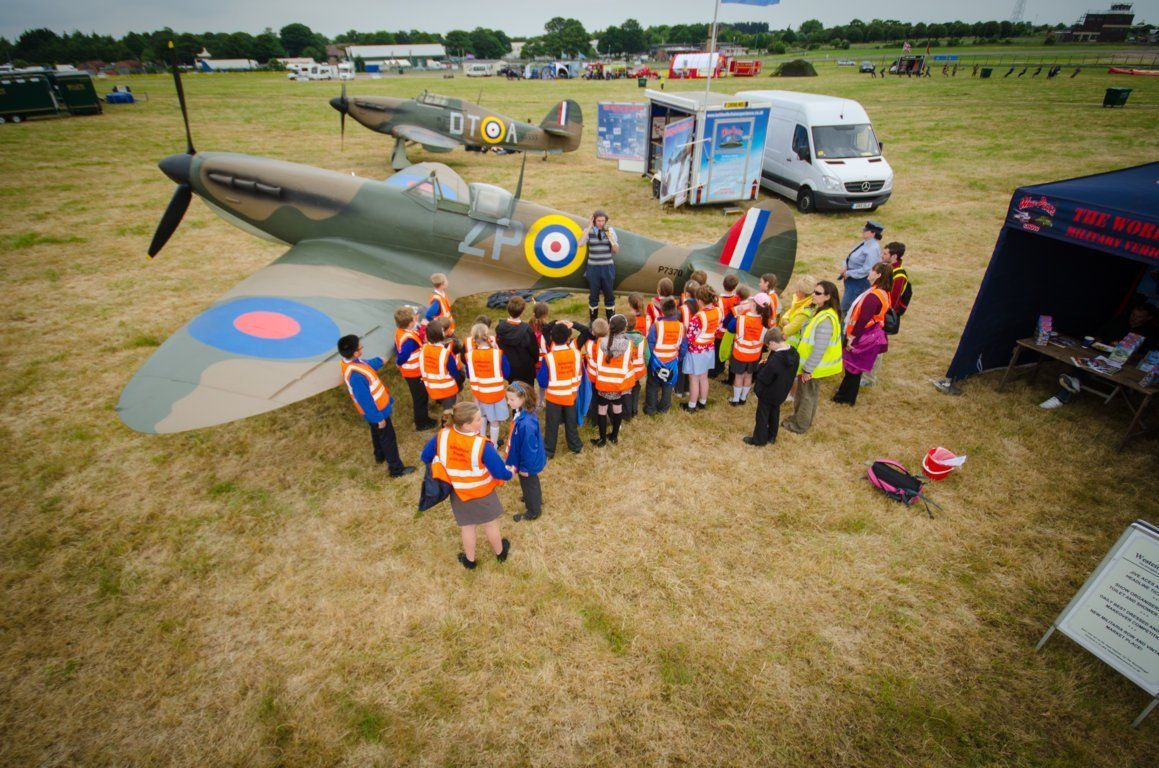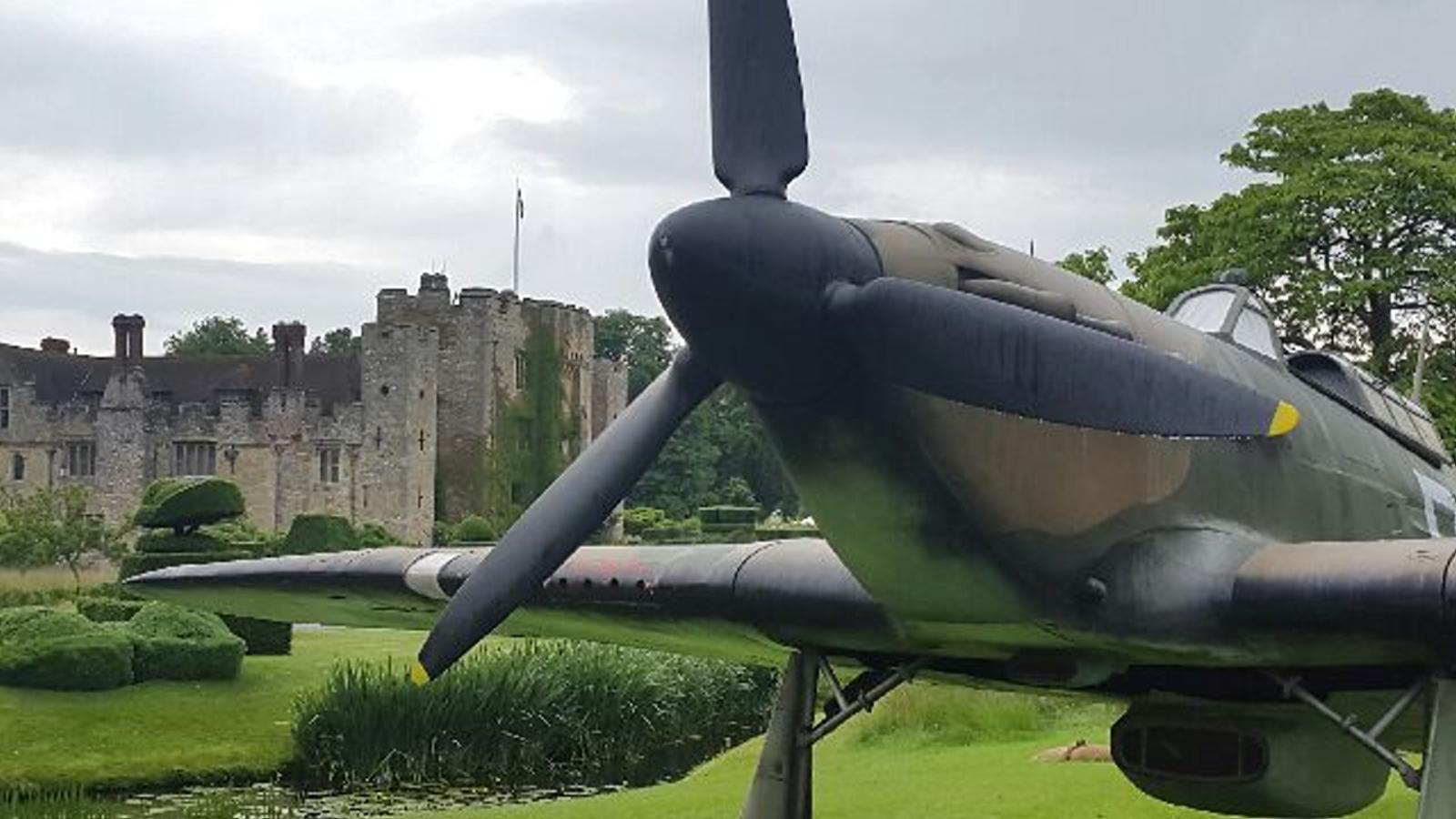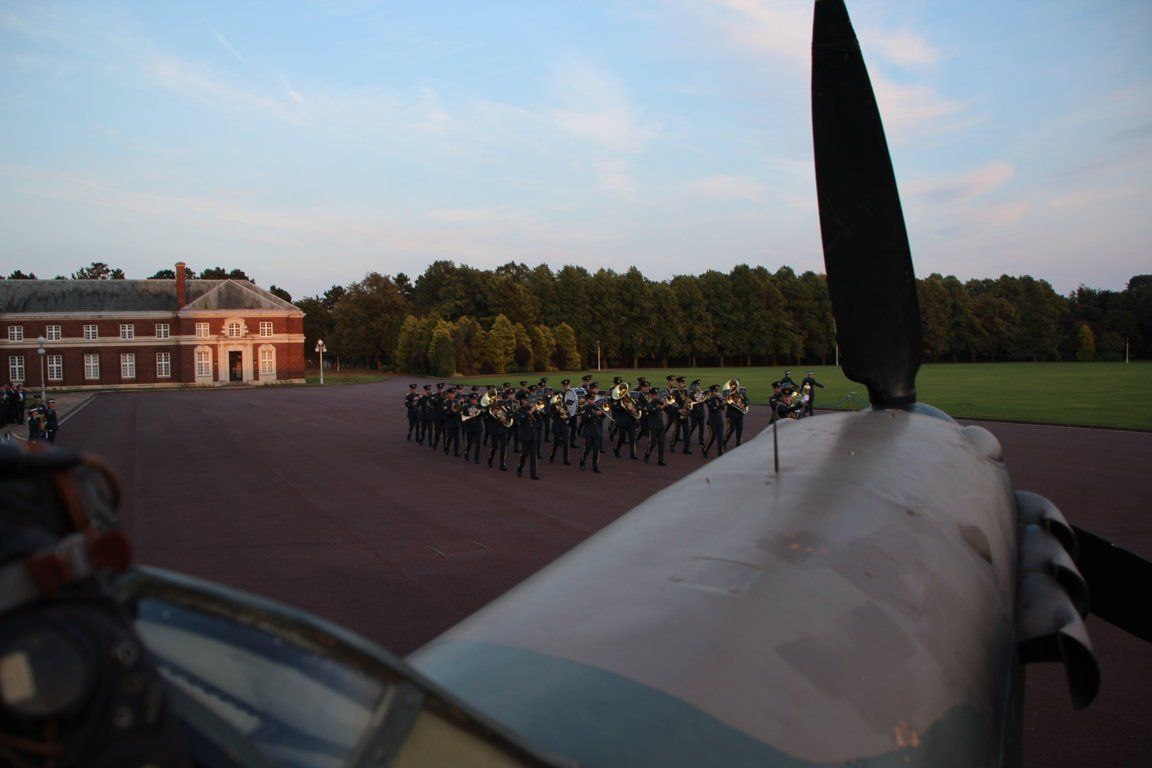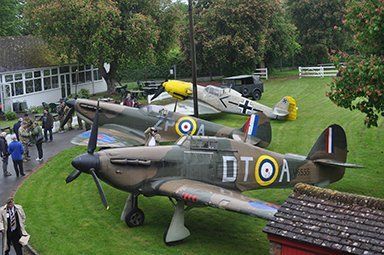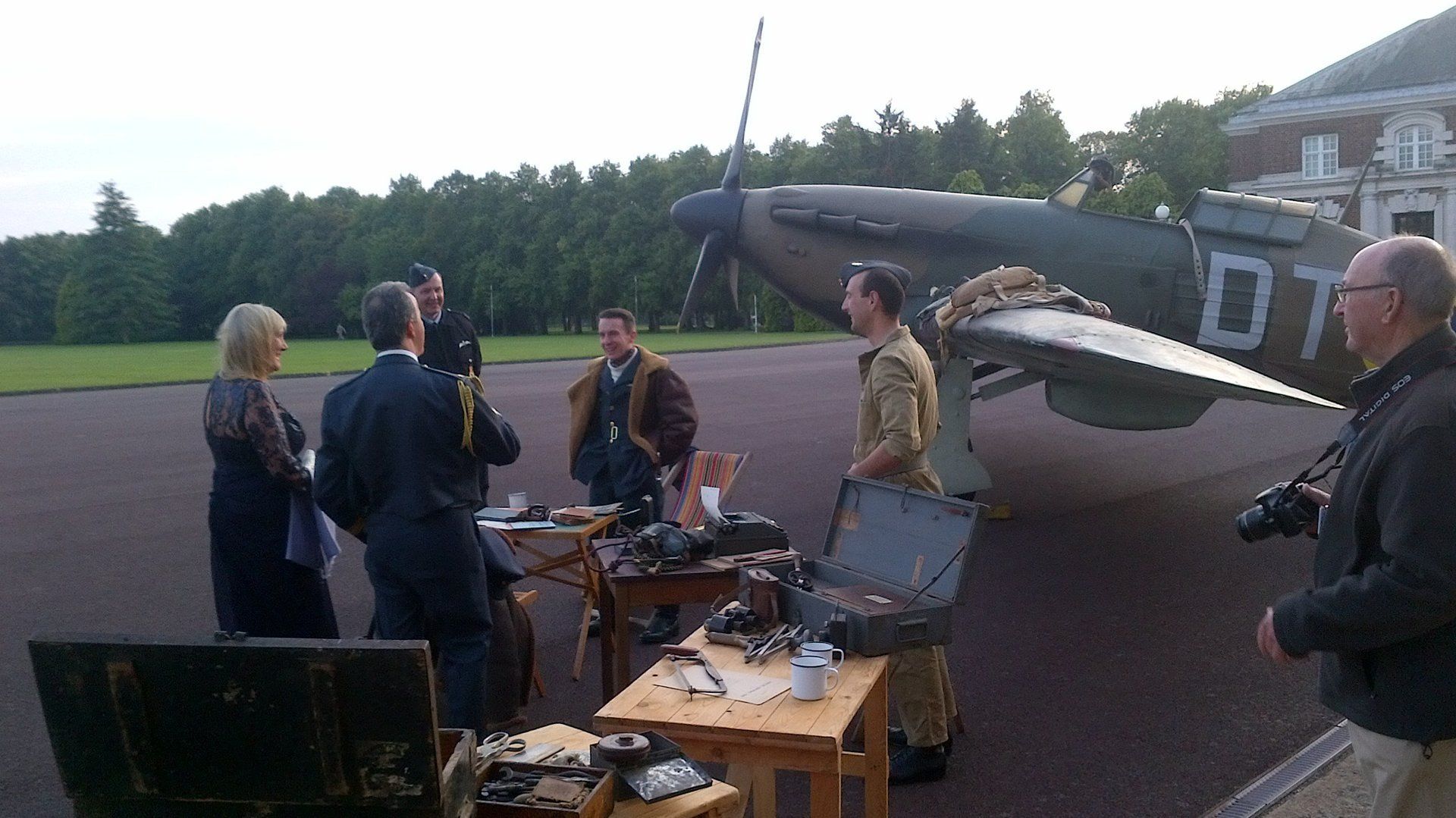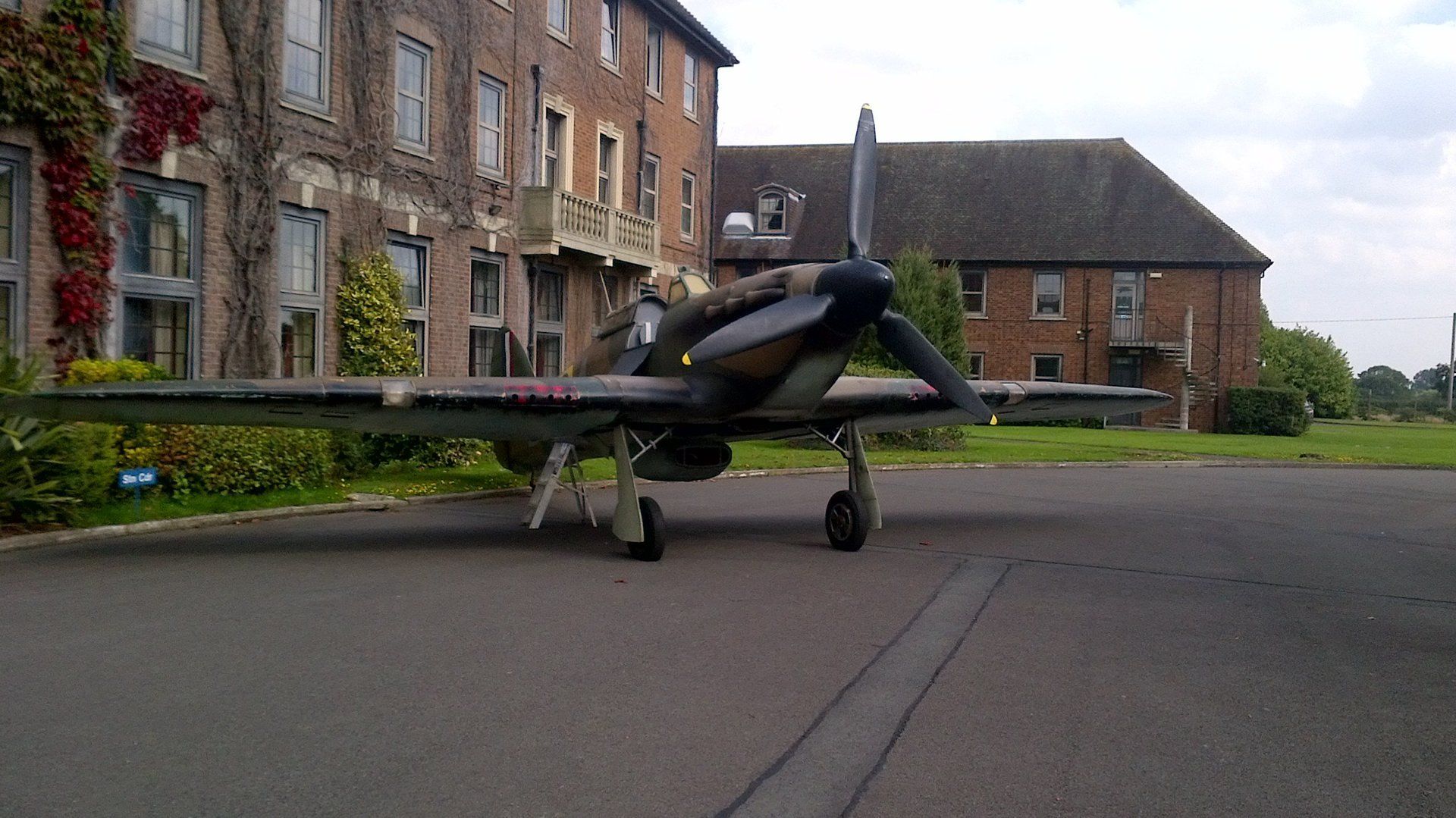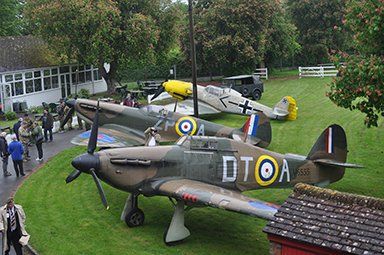R.R. Stanford Tuck
Hurricane pilot, Tuck , was a regular who joined the air force in 1935. He came from a Jewish family and had a not particularly brilliant record at school, however, in 1935 having achieved his pilot wings, he joined 65 Squadron and remained on it until 1940 when he joined 92 Squadron.He experienced his first combat in the Battle of France and his first success over Dunkirk, opening his score with 3 German Me109s shot down all on the same day. He went on to score a number more kills for which he was awarded his first DFC. He participated in the Battle of Britain, with a string of further victories. These were not without incident.
In mid-August, damaged by return fire from a Ju88, Tuck had to bale out. He then suffered another incident when attacking a Dornier 17.
He ended up with a dead engine, 10 miles out over the Channel, but succeeded in gliding back to dry land, where he crash landed his aircraft but emerged unscathed. On 11th September he was promoted to Squadron Leader and was made Commanding Officer of 257 Squadron which was flying Hurricanes. During the Battle he was awarded two Bars to his original DFC and finally in January 1941 he was awarded the DSO.
After the Battle, indeed the next year, in 1941 Tuck was shot down in an engagement with a German fighter over the Channel, but was rescued by a coal barge which, having seen him descend by parachute, went out and brought him to dry land. Later that year, he had an unfortunate incident when he chased a German bomber flying towards Wales. Under attack the bomber jettisoned its bombs. One of them fell on an army camp, and by an appalling coincidence killed a soldier who turned out to have been married to his sister. In other words, his brother-in-law. However, in July 1941, he was promoted to Wing Commander at Duxford. It was on a mission leading his wing across the Continent that he was shot down in January 1942 by ground fire. He remained a prisoner of war until February 1945 when he escaped and subsequently fought briefly with the Russians.
Stanford Tuck left the RAF in 1949, with a final number of kills to his name of 27 enemy aircraft. He was one of the pilots who advised on the making of the film The Battle of Britain. He had a reputation as an extremely courageous and successful leader. He subsequently became a friend of the German ace fighter pilot, Adolf Galland. Indeed, Galland had asked Tuck for dinner when he was shot down. He died in 1987.
Hawker Hurricane MK II
Built in 2009, this wonderful replica is a lasting tribute to the Aircrew who bravely fought during the Battle of Britain. She was seen at a number of Airshows and events around the country last year and we are looking forward to presenting her at many more in the future.
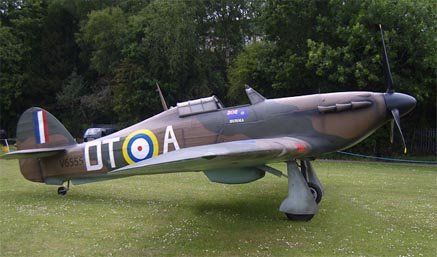
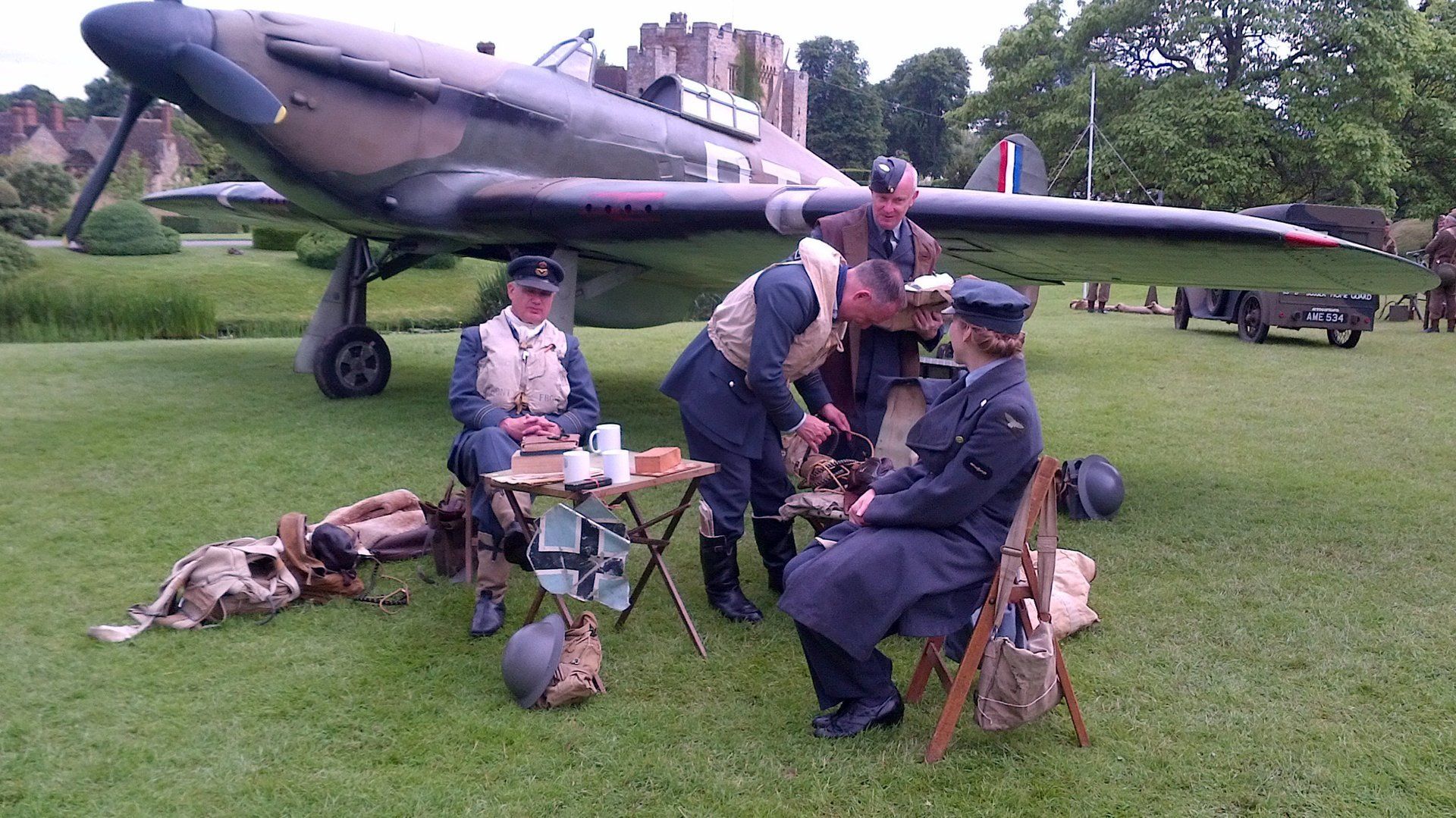
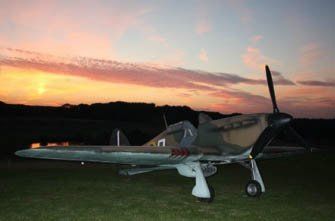

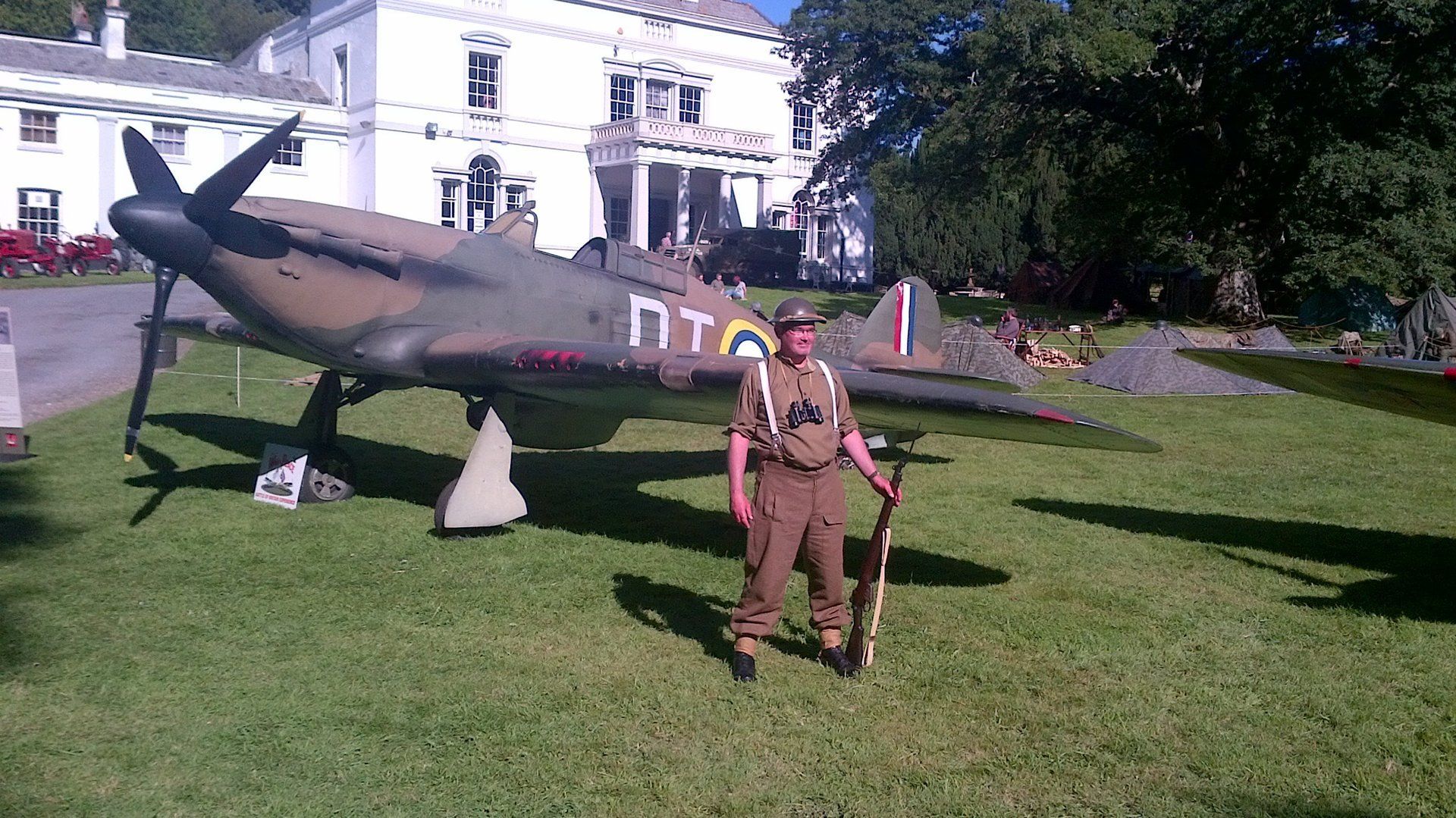
The Battle of Britain Experience can offer a truly unique service to your school.
Is your school pro-active, innovative and do you wish to spark a passion for British History with your pupils?
Would your school history lessons benefit from a visit from a full size replica Spitfire World War 2 Fighter plane?
If so the Battle of Britain Experience can offer a truly unique service to your school.
Plane PlansDownload Plans
